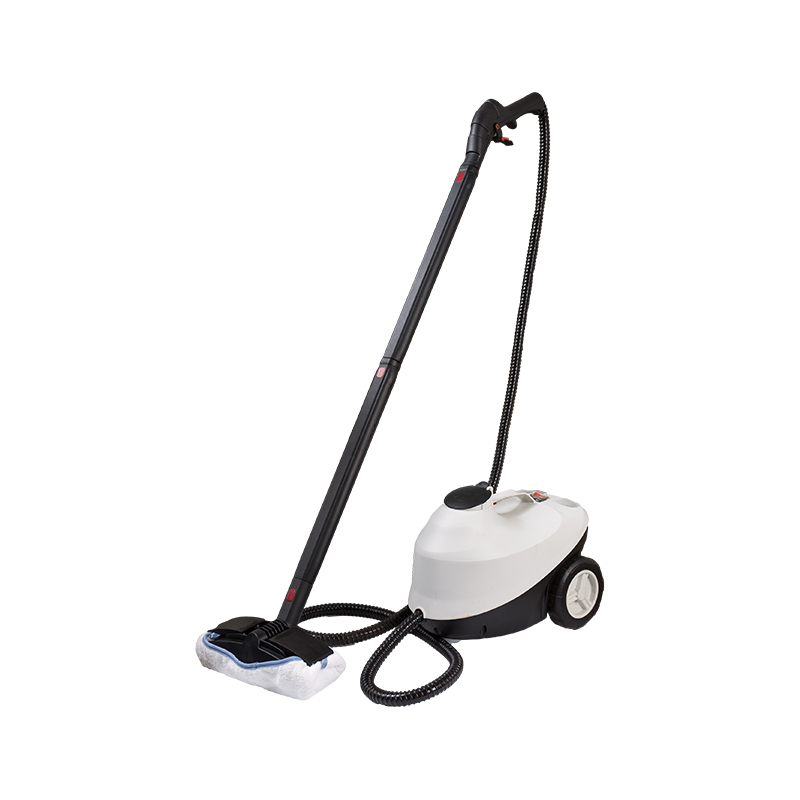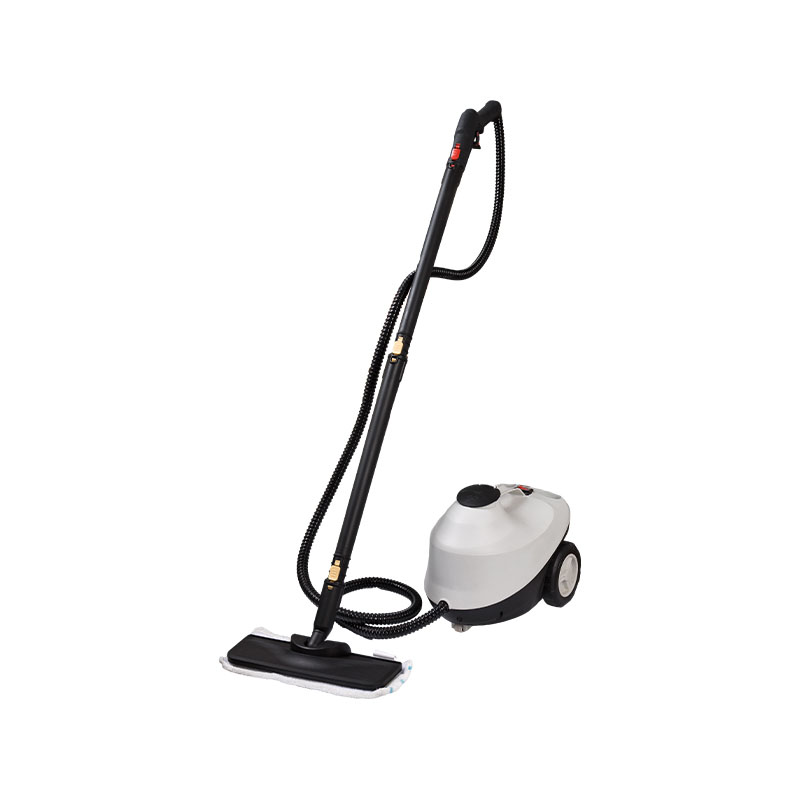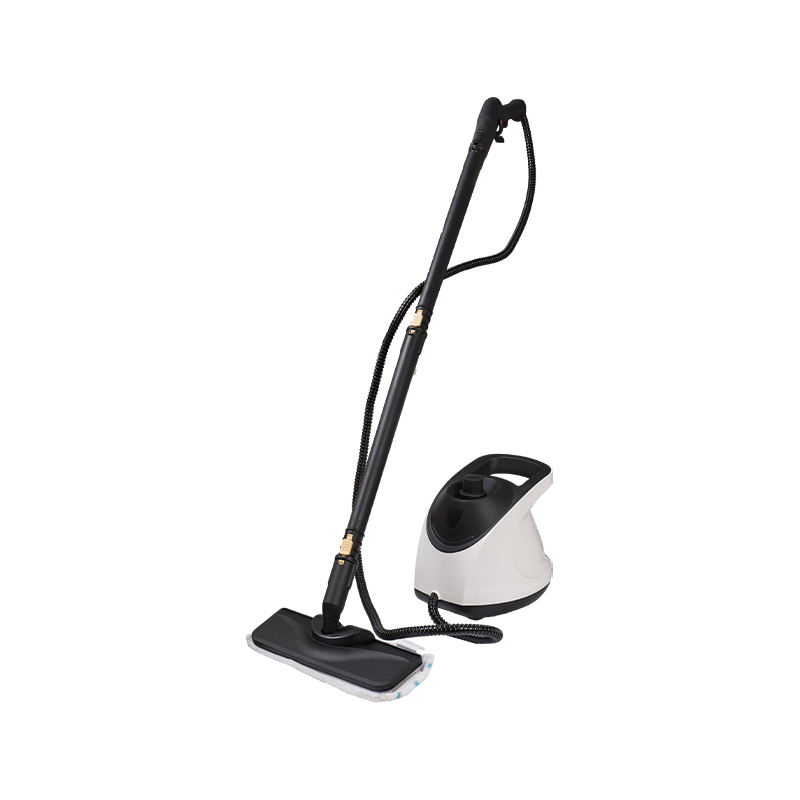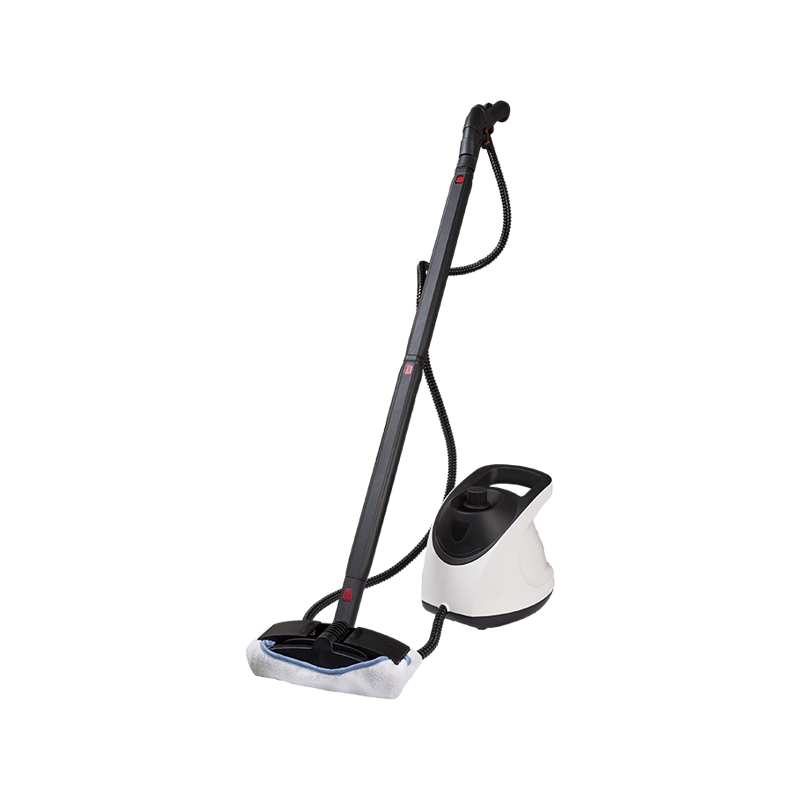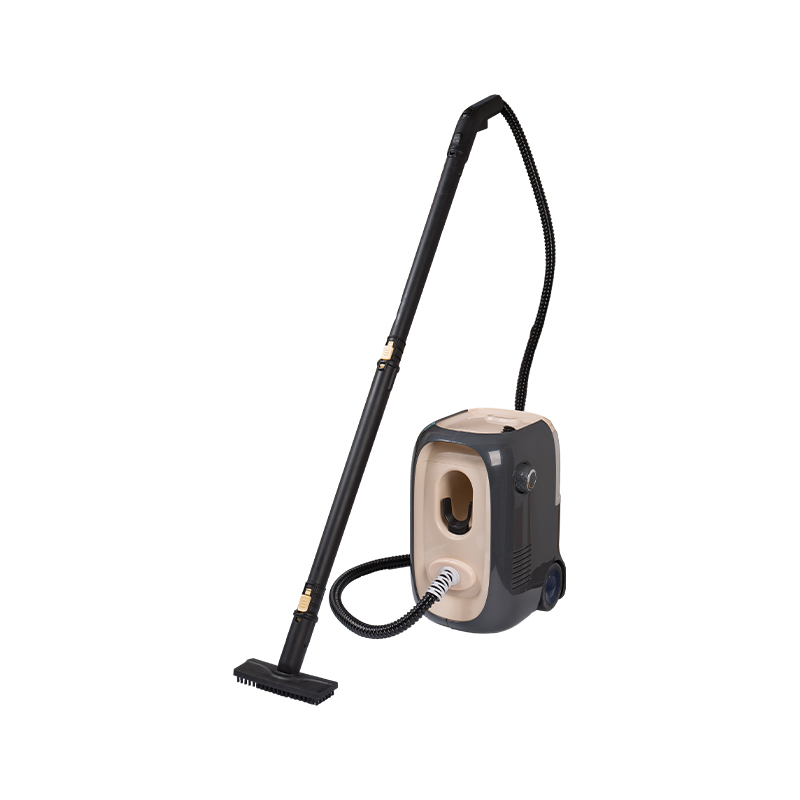-
Phone: +86-13282120735
-
Tel: +86-0571-58307962
-
Fax: +86-0571-58307999
-
E-mail: jy@hzkelong.cn
-
ADD:The Southern Industrial Development Area, Meicheng Town, Jiande City,Zhejiang, China

How Effective Are Portable Clothes Steamers at Removing Wrinkles
Wrinkles are an inevitable part of wearing and storing clothes. While traditional irons have long been the go-to solution, the convenience and efficiency of portable clothes steamers have gained popularity in recent years. These compact devices promise quick wrinkle removal without the need for an ironing board, making them appealing to travelers and busy individuals. But how effective are they in reality? Understanding their mechanism, performance on different fabrics, and practical limitations helps determine their true value in everyday garment care.
Understanding How Portable Clothes Steamers Work
A portable clothes steamer uses heated water to produce steam, which loosens the fibers in fabric and releases wrinkles. Unlike an iron that applies direct heat and pressure, a steamer relies solely on the gentle penetration of steam. The process typically involves filling a small tank with water, waiting a few minutes for the water to heat, and then directing a steady flow of steam through a nozzle onto the garment.
When steam meets the fibers of the fabric, it relaxes the material, causing wrinkles to fall out naturally. Because no pressing motion is involved, steaming is often safer for delicate or heat-sensitive fabrics such as silk, chiffon, or satin. The method also helps remove odors and refresh garments that do not require a full wash.
Portable steamers are designed to be compact and easy to use, often small enough to fit in a suitcase. While they cannot replicate the crisp, pressed finish of an iron, they excel at quick touch-ups and light wrinkle removal.
The Effectiveness of Steam on Different Fabrics
The efficiency of a portable clothes steamer depends largely on the fabric type. Some materials respond almost instantly to steam, while others may require multiple passes or additional effort.
Cotton and Linen
Cotton and linen are natural fibers that tend to wrinkle easily. These fabrics respond well to steam, though heavier weaves or densely woven items may need more time. A portable steamer can smooth out everyday cotton shirts and casual wear effectively but may struggle to achieve the sharp creases that an iron produces. For lightweight cotton or linen dresses, the results are often satisfactory, especially when the fabric is lightly dampened before steaming.
Wool and Blends
Wool and wool-blend garments benefit greatly from steaming because steam rejuvenates the fibers without flattening their texture. A portable steamer can freshen wool coats, trousers, or sweaters quickly, restoring their softness and drape. The gentle steam also helps remove mild odors from stored garments.
Silk and Delicate Fabrics
Portable clothes steamers are particularly effective on delicate fabrics that are at risk of scorching under an iron. Steam allows wrinkles to fall away naturally without direct contact, reducing the risk of shine marks or fabric damage. For items like silk blouses or evening wear, steaming provides a safer and faster method than ironing.
Synthetic Fabrics
Fabrics like polyester, nylon, and spandex are generally easy to care for and respond well to light steam. However, because these materials can be heat-sensitive, it is important to keep the steamer nozzle slightly away from the fabric surface. Portable steamers work well for travel garments and uniforms made from these fibers, delivering quick wrinkle removal without the need for an ironing board.
Heavy or Structured Fabrics
Materials such as denim, canvas, or upholstery fabric present a greater challenge. Portable steamers, due to their smaller size and lower steam pressure, may not generate enough heat to smooth out deep wrinkles in heavy fabrics. For these cases, a more powerful garment steamer or a traditional iron may be necessary.
Factors That Influence Steaming Performance
Several factors determine how effectively a portable clothes steamer can remove wrinkles. These include steam output, water tank capacity, heating time, and user technique.
Steam Output and Pressure
The strength of the steam stream directly affects how well wrinkles are removed. A consistent and high-volume steam output ensures that the fibers relax evenly. Compact models may produce less steam than full-sized versions, requiring more time and patience to achieve desired results.
Water Quality
Mineral buildup from hard water can reduce steam efficiency over time. Using distilled or filtered water helps maintain performance and prevents clogging in the heating element. Consistent maintenance ensures that the steamer continues to produce strong, even steam.
Fabric Positioning
How the garment is positioned also influences results. Hanging clothes vertically allows steam to flow through the fibers more effectively. Gently pulling the fabric taut while steaming helps remove wrinkles faster and prevents uneven results.
Distance and Movement
Keeping the steamer a few centimeters away from the fabric prevents water droplets from forming and allows steam to penetrate evenly. Slow, downward strokes work better than quick movements. For heavier materials, a closer distance may be needed to achieve the best effect.
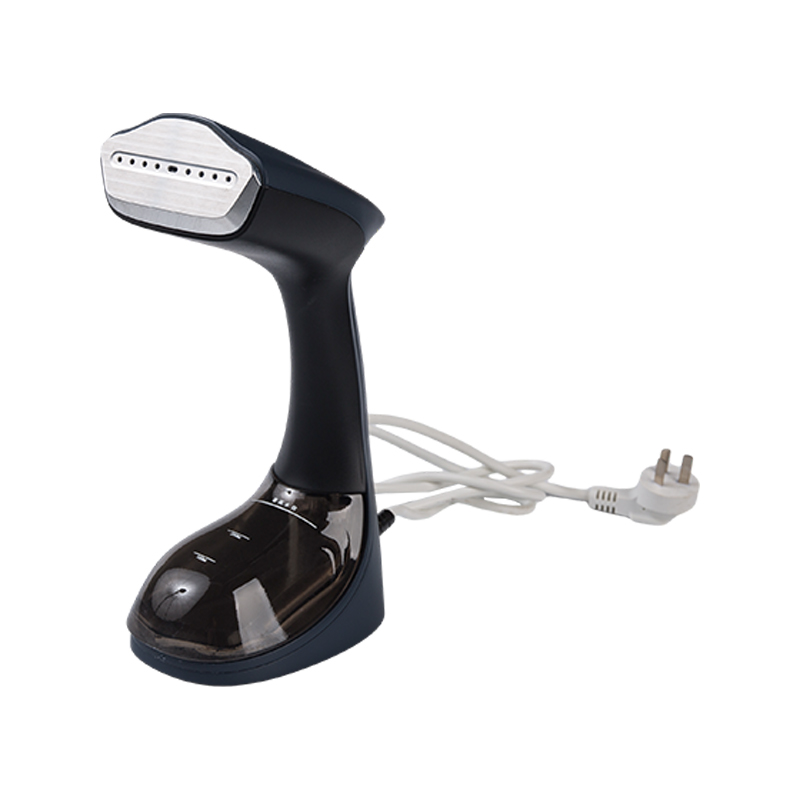
Comparing Steamers to Traditional Irons
While portable clothes steamers offer convenience and portability, they differ from traditional irons in several ways.
Speed and Ease of Use
Steamers heat up quickly, often within a few minutes, and do not require an ironing board. This makes them ideal for quick touch-ups or last-minute clothing preparation.
Fabric Safety
Because steamers do not apply direct heat or pressure, they are gentler on fabrics. This minimizes the risk of burning or leaving shiny spots on delicate garments.
Wrinkle Removal Quality
Irons provide crisp, defined results due to direct pressure, which is especially important for formal shirts or pleated garments. Steamers, while effective at relaxing fabric, generally create a softer finish without sharp lines.
Versatility
Portable steamers can be used on more than just clothing. They refresh curtains, upholstery, and bedding. Irons are less versatile in this regard, requiring flat surfaces and more setup.
In short, a portable clothes steamer may not replace an iron entirely, but it serves as a convenient complement, especially for those who value speed and simplicity over precision.
Advantages of Using a Portable Clothes Steamer
- Convenience and Portability – Small and lightweight, they can easily be used at home or carried while traveling.
- Time Efficiency – Quick to heat and easy to operate, allowing users to refresh garments in minutes.
- Gentle on Fabrics – Ideal for delicate materials that would otherwise be damaged by direct heat.
- No Need for an Ironing Board – Saves space and effort, particularly for people living in small apartments or hotels.
- Additional Benefits – Steam helps reduce light odors and can refresh stored or packed clothes.
Limitations of Portable Clothes Steamers
Despite their convenience, portable steamers have certain limitations.
- Limited Water Capacity – Smaller tanks mean frequent refilling during extended use.
- Weaker Steam Output – Compact models often produce less steam, making them less effective on thick fabrics.
- Lack of Precision – Steamers cannot produce sharp pleats or creases, which are sometimes required for formal attire.
- Potential Dripping or Spitting – Poor-quality or improperly handled steamers may release water droplets that leave marks on fabrics.
- Power Dependence – They require access to an electrical outlet, which can be inconvenient when traveling.
Understanding these limitations allows users to set realistic expectations and use the steamer in appropriate situations.
Practical Tips for Effective Steaming
To achieve the best results, consider the following techniques:
- Hang the garment on a sturdy hanger or a hook in an upright position.
- Allow the steamer to reach full heat before use.
- Hold the nozzle a few centimeters away from the fabric and move it slowly in downward motions.
- Use your free hand to gently pull the fabric taut to help release wrinkles faster.
- For heavily wrinkled garments, lightly dampen the fabric with a mist of water before steaming.
- Avoid over-steaming delicate fabrics that can stretch or lose shape.
- Empty and dry the water tank after each use to prevent mineral buildup.
By following these practices, even a small portable steamer can produce results close to those of larger, professional models.
Long-Term Care and Maintenance
Proper maintenance ensures consistent performance. Always empty the tank after use, and periodically clean the steamer with a mixture of water and vinegar to remove mineral deposits. Avoid using hard tap water when possible, as it can cause clogging and reduce steam production. Store the device in a dry location and ensure it has cooled down completely before packing it away.
When to Choose a Portable Steamer Over an Iron
A portable steamer is most effective in situations where convenience, speed, and fabric safety matter more than achieving perfectly pressed lines. It is an excellent tool for refreshing clothes before work, maintaining travel outfits, or caring for delicate garments. On the other hand, tasks that require precision and crispness—such as formal dress shirts or pleated skirts—are better handled by an iron.
The Bottom Line
Portable clothes steamers are effective tools for removing light to moderate wrinkles and refreshing garments without the effort of traditional ironing. While they may not completely replace an iron for every purpose, they provide significant convenience, especially for travelers and those who prefer low-maintenance garment care.
Their effectiveness depends on the fabric type, steam strength, and user technique, but when used correctly, they can deliver smooth, wearable results in minutes. For most daily needs, a portable clothes steamer serves as a reliable, practical, and fabric-friendly solution to maintaining wrinkle-free clothes with minimal effort.

